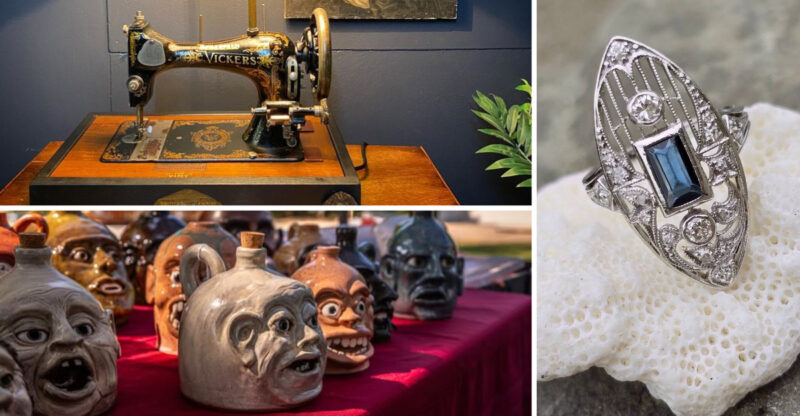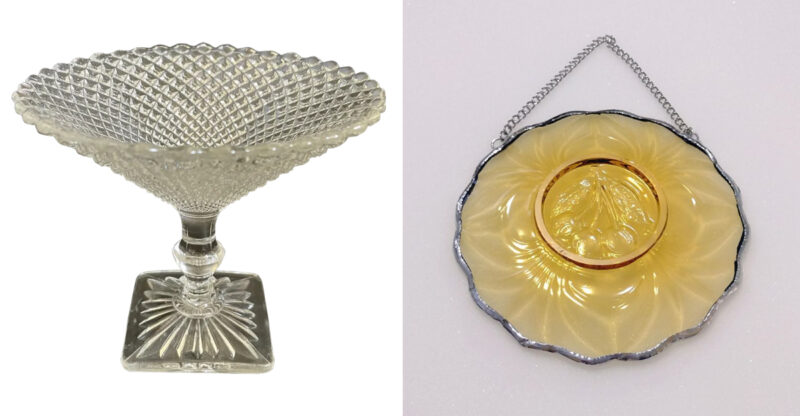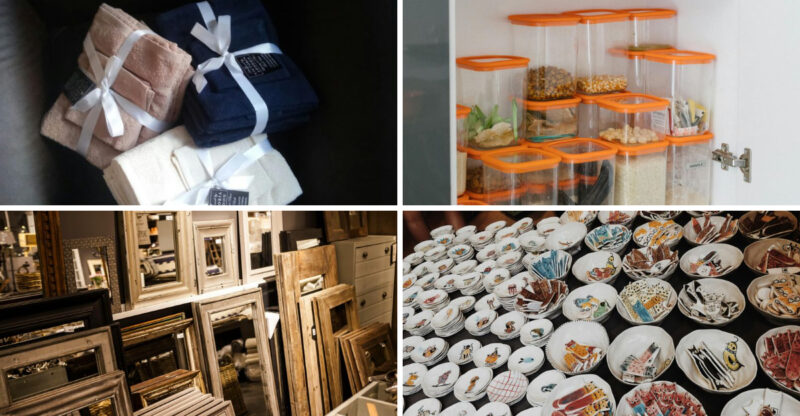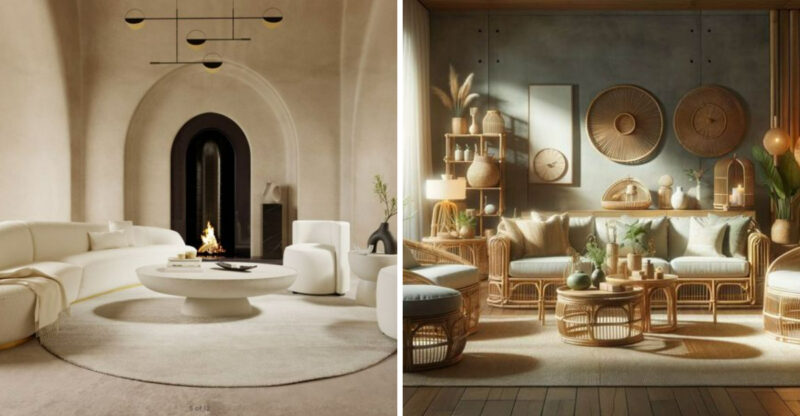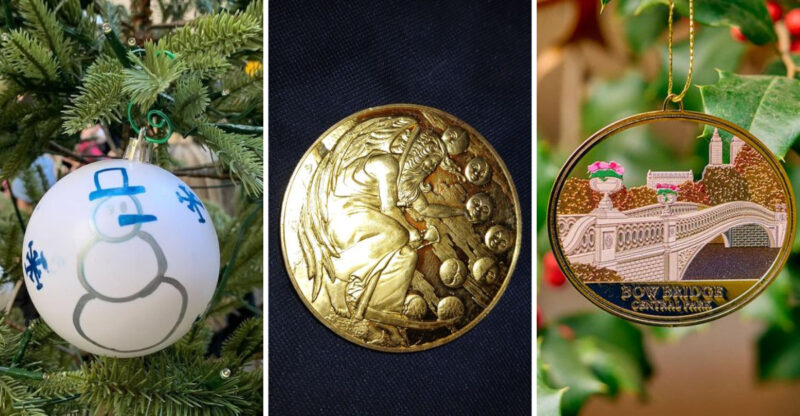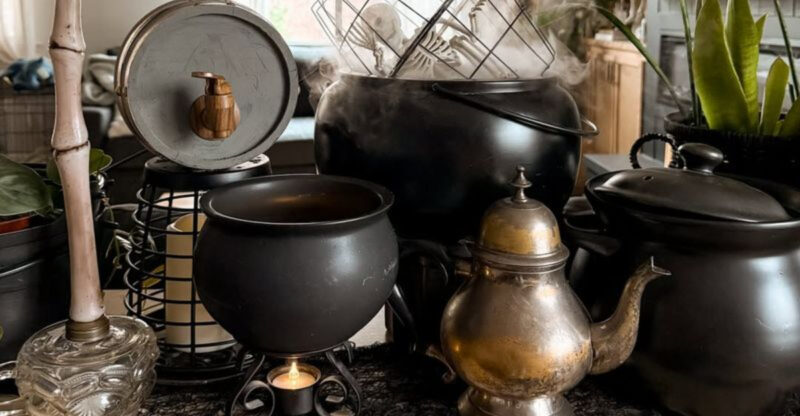6 Collectible Antiques That Could Sell Out Quickly And 4 That May Continue As Designer Favorites
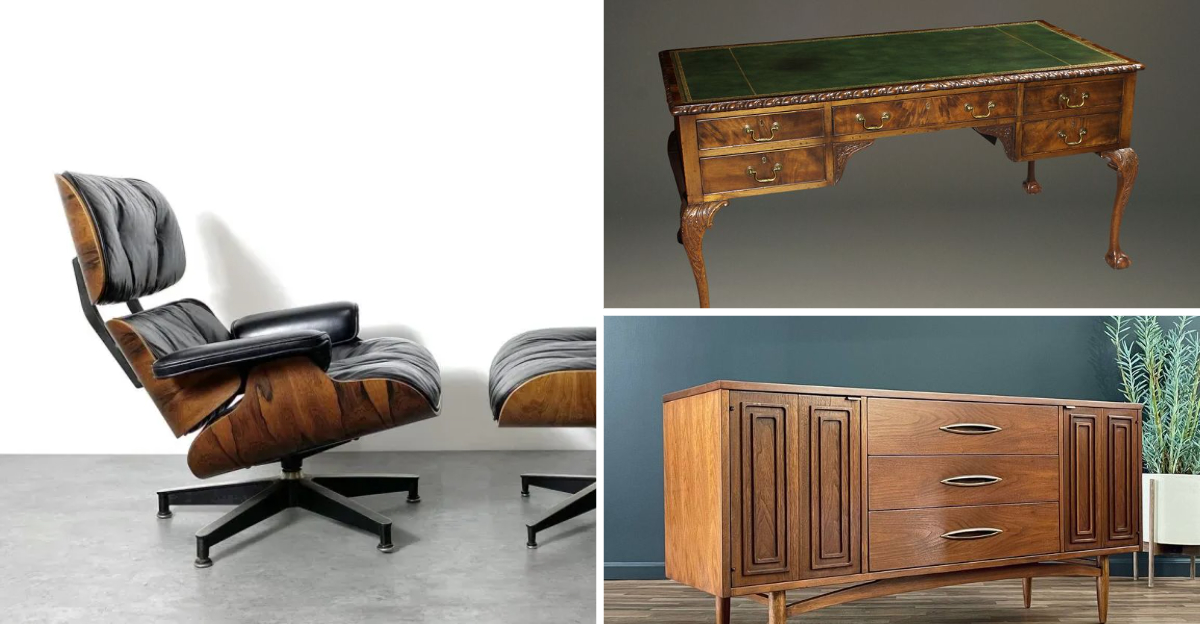
Ever wonder which antique treasures are flying off shelves and which ones designers can’t get enough of?
The world of antique collecting is constantly changing, with some pieces becoming increasingly rare while others remain timeless favorites.
Whether you’re a seasoned collector or just getting started, knowing which pieces might disappear from the market and which will stick around can help you make smart buying decisions.
1. Mahogany Sideboard
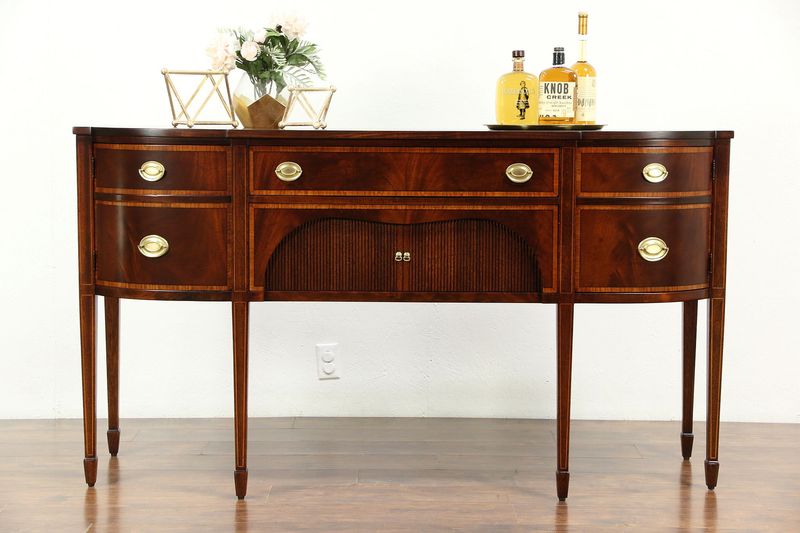
Mahogany sideboards from the 18th and 19th centuries are becoming increasingly difficult to find in good condition.
Their rich, deep color and elegant design make them perfect statement pieces in modern homes. Collectors are particularly drawn to pieces with original hardware and minimal restoration. These sideboards were built to last, with dovetail joints and solid construction that modern furniture simply can’t match.
If you spot one at an estate sale or auction, don’t hesitate! Prices have jumped nearly 30% in the last five years alone, and quality examples are disappearing into private collections faster than ever before.
2. Oak Roll-Top Desk
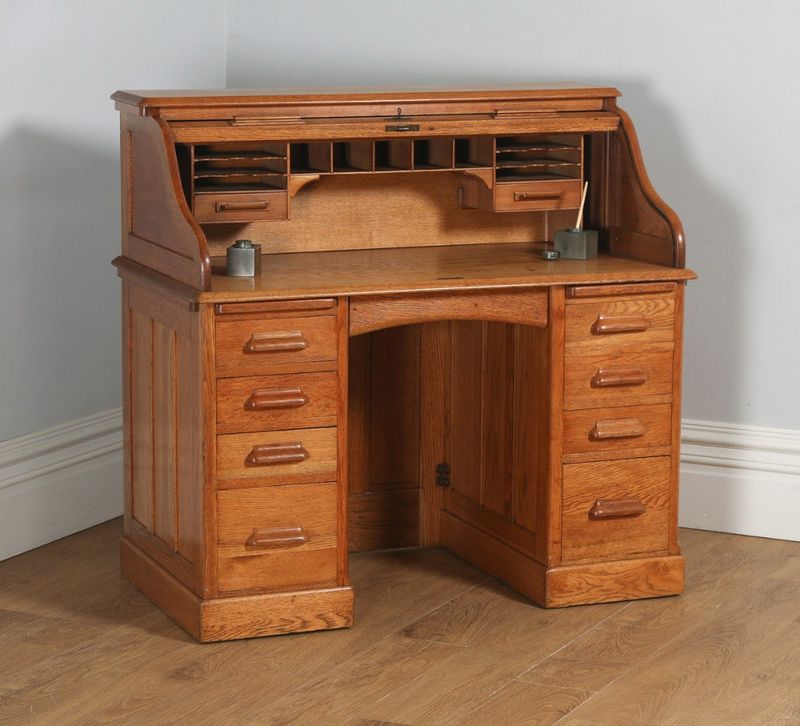
When people discover an authentic oak roll-top desk, they’re often amazed by the ingenious design that’s stood the test of time.
These functional masterpieces feature dozens of small compartments, hidden drawers, and that signature tambour top that slides smoothly to conceal your workspace. Genuine examples from the late 1800s and early 1900s are becoming scarce as offices modernize.
The craftsmanship involved in creating the curved roll-top mechanism is a lost art that required exceptional skill. The market for these desks has heated up considerably, with prices climbing steadily. Collectors prize examples with original finish, intact cubbies, and working locks complete with the original key!
3. Victorian Dining Table
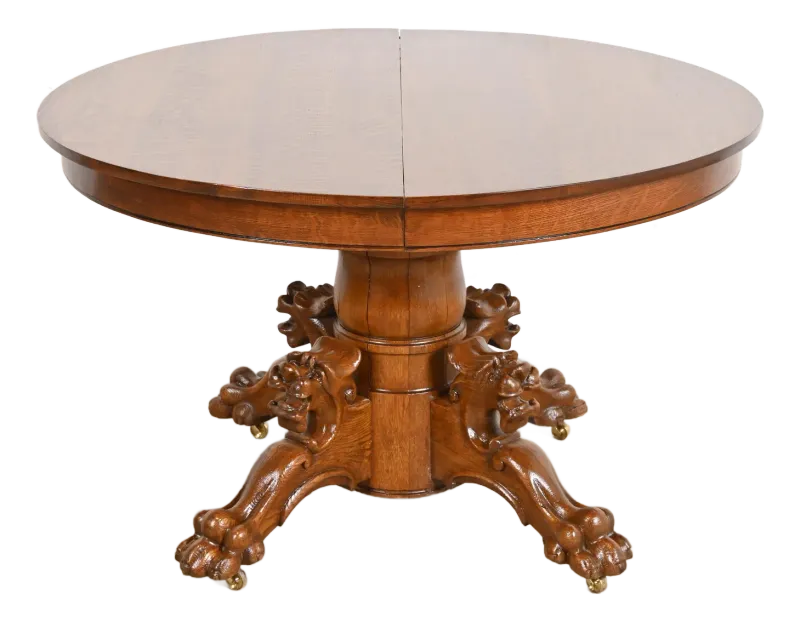
Did you know Victorian dining tables were designed to expand for those elaborate multi-course dinners that defined the era? These engineering marvels can stretch from intimate four-person settings to grand banquet tables seating twelve or more guests.
Finding complete sets with all original leaves and extension mechanisms in working order is becoming nearly impossible. Smart collectors are snatching these up quickly, recognizing that modern reproductions simply can’t match the quality of quarter-sawn oak or mahogany used in the originals.
The value of these tables has climbed steadily, especially for examples with carved pedestals or legs. If you’re lucky enough to find one with its original finish intact, you’ve struck antique gold!
4. Art Deco Armchair
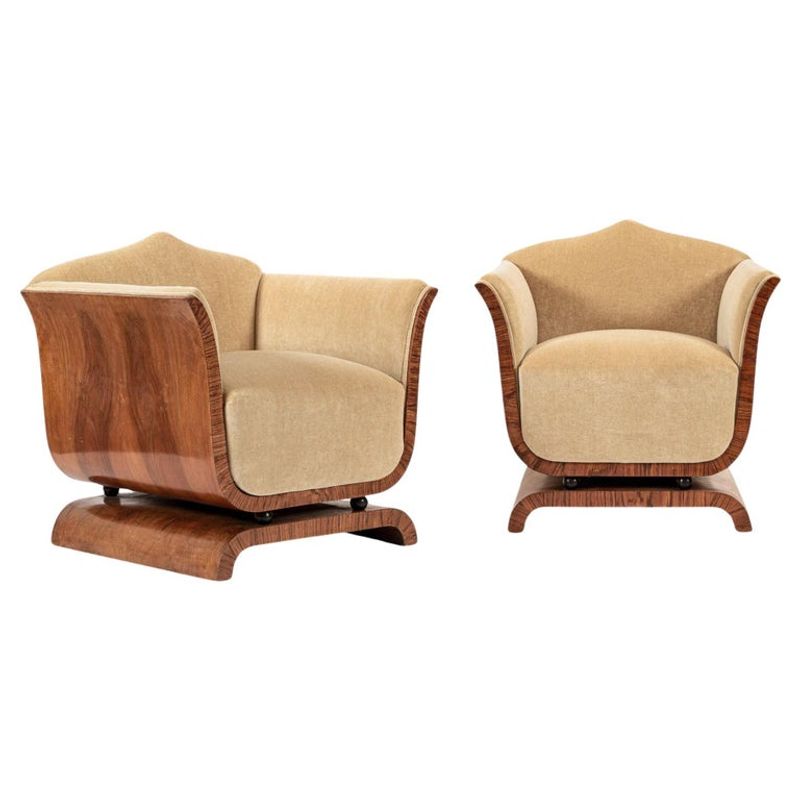
Art Deco armchairs from the 1920s and 30s capture the bold, geometric spirit of an era obsessed with modernity and luxury. The streamlined shapes, exotic wood veneers, and chrome accents make these pieces instantly recognizable and increasingly coveted by serious collectors.
Original upholstery is rarely found intact, but chairs with their original frames and hardware are becoming harder to source. The market has responded with dramatic price increases, especially for signed pieces from renowned designers like Émile-Jacques Ruhlmann or Paul Follot.
I’ve noticed these chairs disappearing from dealer showrooms faster than they can be replaced. Their relatively compact size makes them perfect for modern apartments, further driving demand among young collectors and interior designers.
5. Mid-Century Credenza
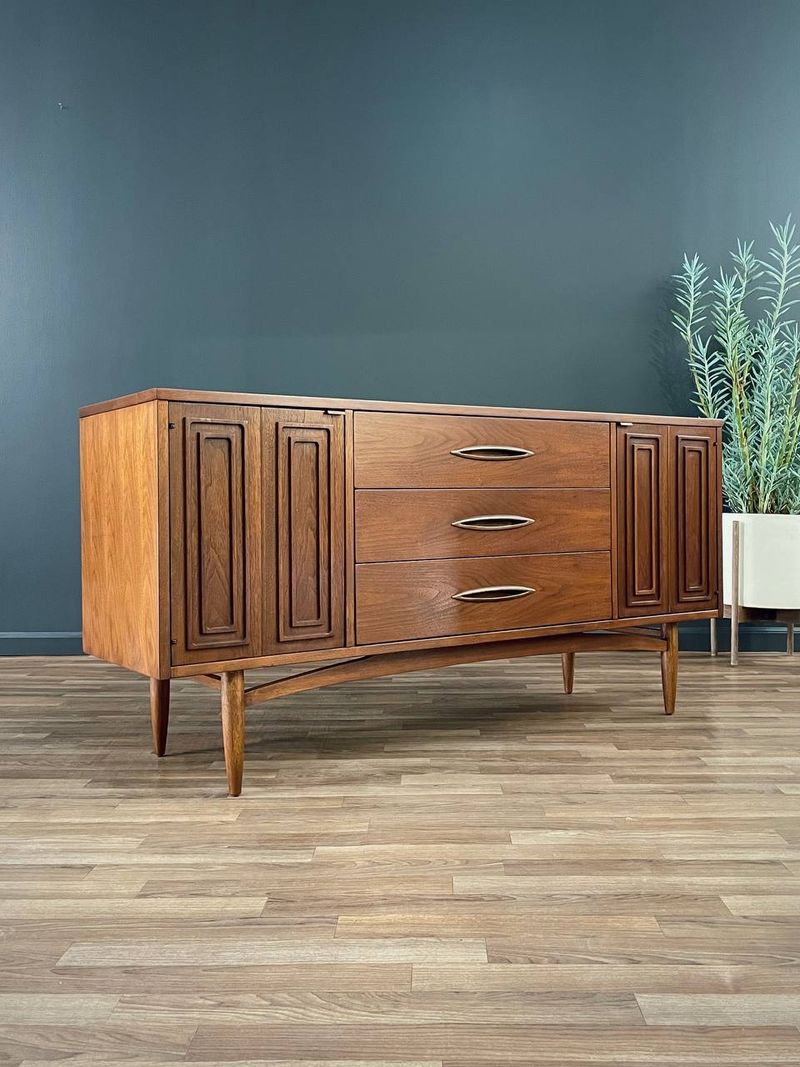
Mid-century credenzas have exploded in popularity, with authentic pieces from the 1950s and 60s becoming increasingly difficult to find. Their clean lines, tapered legs, and practical storage make them perfect for modern homes that prize both style and function.
Pieces by recognized designers like Florence Knoll, George Nelson, or Danish masters command premium prices and often sell within days of hitting the market. The simple elegance of these pieces works in almost any decor scheme, making them universally appealing to collectors and decorators alike.
Look for original brass hardware, intact veneer, and manufacturer labels inside drawers. These details not only confirm authenticity but can double or triple the value compared to similar unlabeled pieces.
6. Chippendale Writing Desk
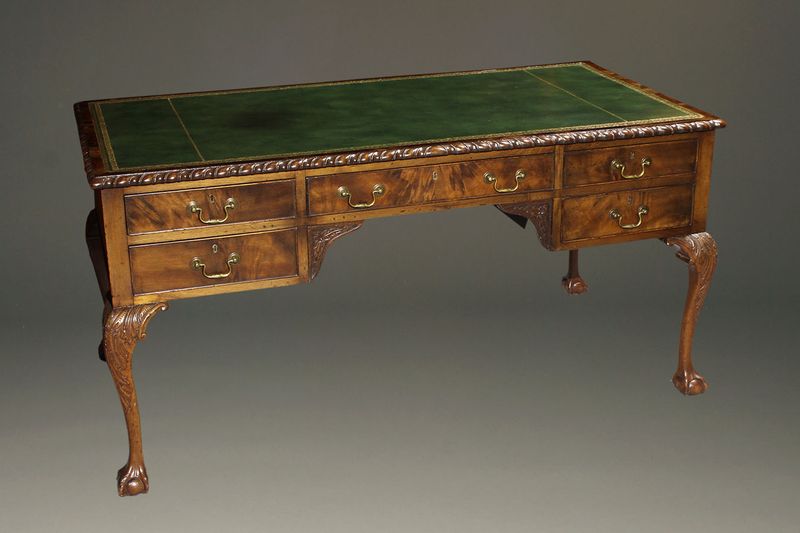
Chippendale writing desks represent the pinnacle of 18th-century craftsmanship, with their elaborate claw-and-ball feet, intricate fretwork, and perfectly proportioned drawers.
These masterpieces were once the domain of only the wealthiest collectors, but even reproduction examples from the 19th century are now becoming scarce. The market for these desks has tightened considerably as fewer quality examples come to auction.
Serious collectors recognize that the hand-carved details and joinery techniques used in these pieces simply can’t be replicated today at any price. If you’re fortunate enough to find one with its original brasses and finish, you’re looking at an investment that has consistently outperformed many traditional financial instruments over the past decade.
7. Queen Anne Highboy
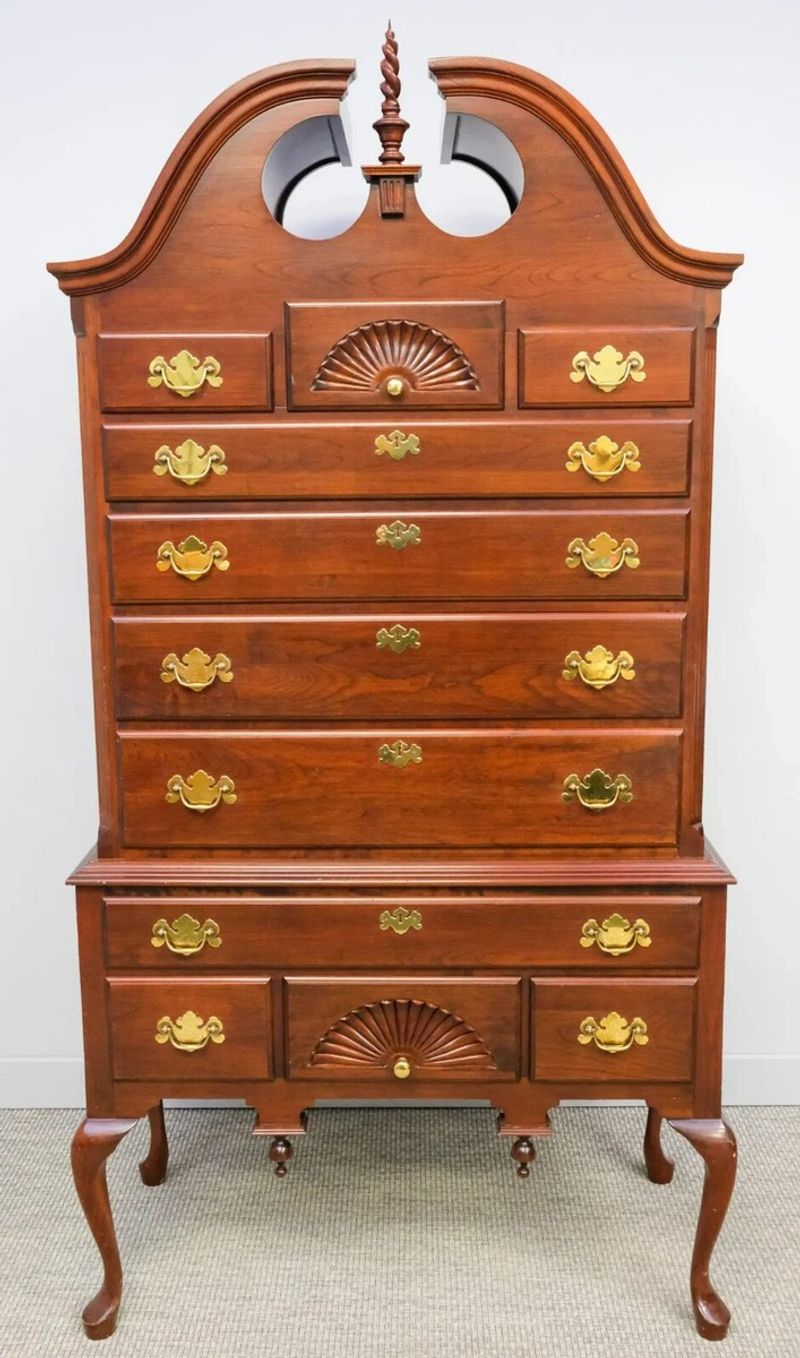
Queen Anne highboys continue to captivate designers with their graceful cabriole legs and understated elegance that somehow manages to work in both traditional and contemporary settings. Unlike some antiques that cycle in and out of fashion, these tall chests have maintained steady appeal for decades.
Their versatility is unmatched offering substantial storage while making a refined design statement. The best examples feature original brass hardware, bonnet tops with flame finials, and that gorgeous patina that only comes from 300 years of careful use.
Though certainly valuable, Queen Anne highboys haven’t seen the dramatic price spikes of some other antiques, making them relatively accessible entry points for serious collectors. Designers particularly prize examples with shell carvings and original finish.
8. Eames Lounge Chair
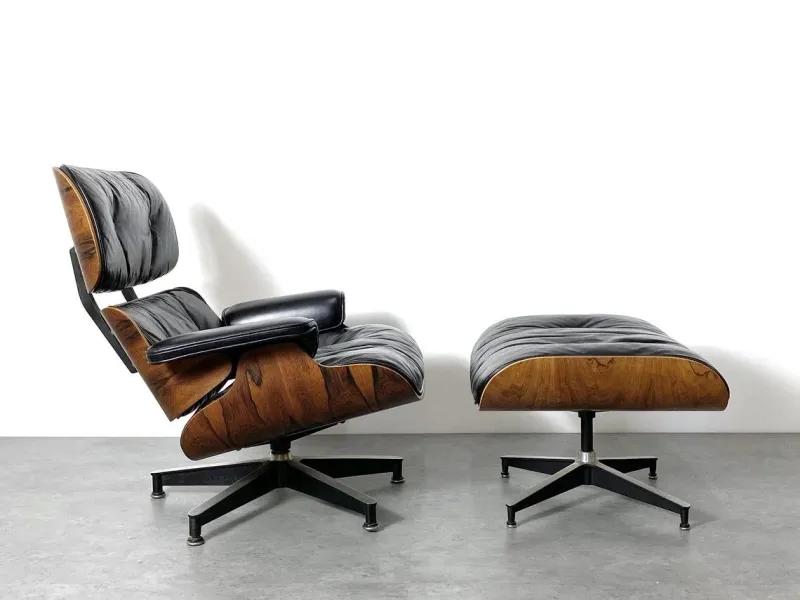
Charles and Ray Eames created what might be the perfect marriage of comfort and style with their iconic lounge chair and ottoman in 1956. Though technically mid-century modern rather than antique, vintage examples have become legitimate collectibles that continue to influence interior design.
The timeless combination of molded plywood, supple leather, and that instantly recognizable silhouette ensures these pieces will remain designer favorites for decades to come. Even as other mid-century pieces fall in and out of fashion, the Eames lounge maintains its status as the ultimate statement piece.
Herman Miller still produces these chairs today, but vintage examples from the 1950s and 60s with original leather patina command significant premiums. Their enduring popularity stems from actually being as comfortable as they are beautiful.
9. Danish Teak Coffee Table
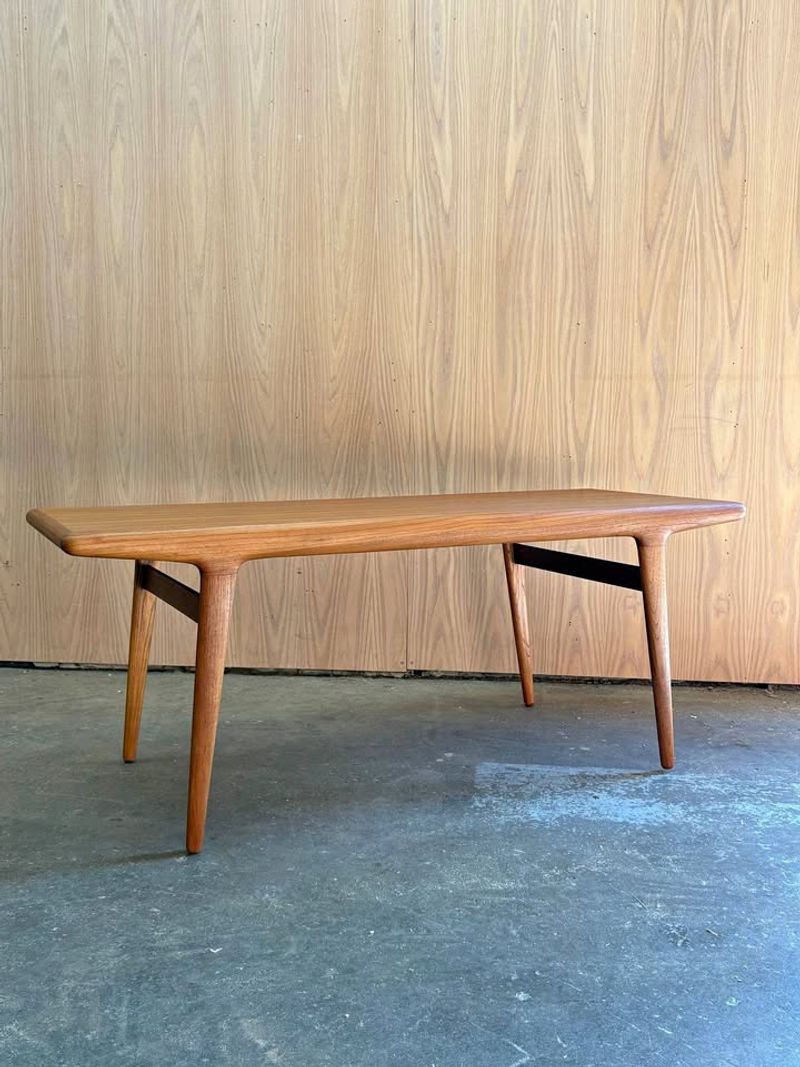
There’s something magical about the warm honey tones of a Danish teak coffee table that keeps designers coming back decade after decade. These modernist masterpieces from the 1950s and 60s somehow manage to be both statement pieces and chameleons that complement virtually any interior style.
The clean lines, organic shapes, and impeccable joinery reflect Scandinavian design principles that feel as relevant today as they did 70 years ago. Many feature clever storage solutions or adjustable heights that make them as functional as they are beautiful.
Tables by recognized designers like Hans Wegner, Finn Juhl, or Grete Jalk will always command premium prices, but even unsigned examples continue to appreciate steadily. Their enduring appeal lies in their honest materials and human-centered design approach.
10. Windsor Rocking Chair
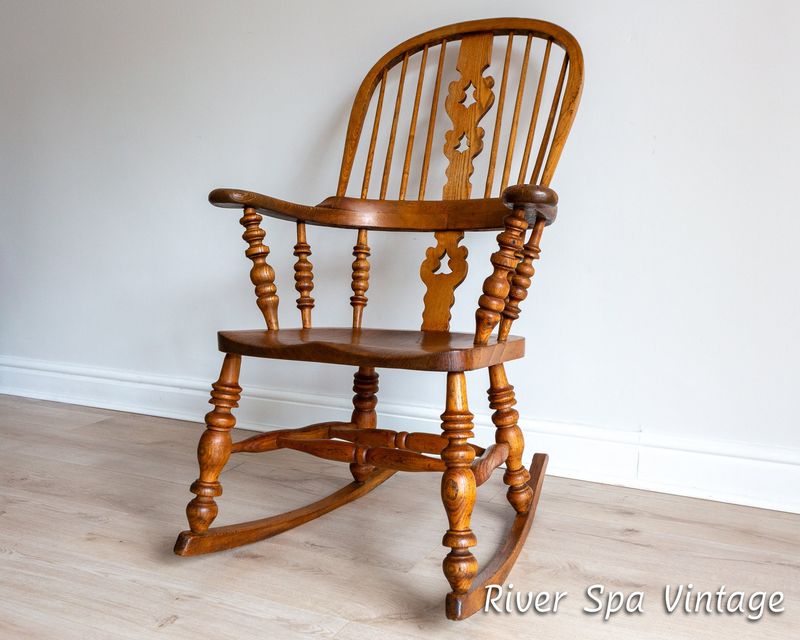
Windsor rocking chairs represent American craftsmanship at its finest, with their distinctive spindle backs, saddle seats, and graceful runners that invite you to slow down and stay awhile. These chairs have transcended their humble origins to become design icons that work equally well in rustic farmhouses and sleek modern spaces.
The honest construction and perfect proportions explain why designers continue to incorporate these chairs into contemporary interiors. Early examples with original milk paint finishes are especially prized, though even 19th-century reproductions have steady collector appeal.
Unlike some antiques that feel precious or delicate, Windsor rockers are meant to be used daily, developing character with each passing year. This practical functionality, combined with their sculptural beauty, ensures they’ll remain designer favorites for generations to come.

